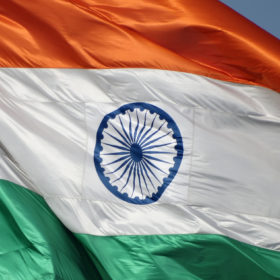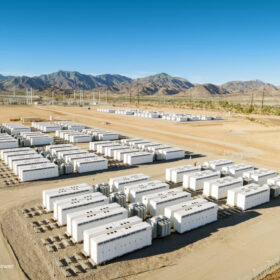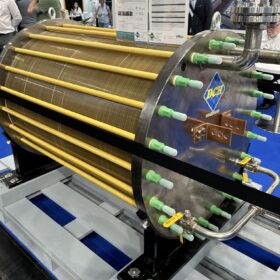Bid submission deadline extended for 1.2GW hybrid and 200MW solar projects
The Solar Energy Corporation (SECI) has pushed back the bid submission deadline for ISTS-connected 1.2 GW wind-solar hybrid projects by two weeks. On the other hand, the revised deadline for 200 MW grid-connected solar PV power capacity in Uttarakhand is now April 30.
CleanMax Solar raises Rs 275 crore from Macquarie-managed UK Climate Investments
The Mumbai-based commercial solar player—which aims to more than double its customer base from 120 corporates to 300 by 2022—will use the amount to support its expansion of renewable energy portfolio from 500 MW to 2 GW in the next three years.
SECI tenders 100 MW grid-connected solar capacity in Telangana
The Solar Energy Corporation of India (SECI) has invited bids for setting up of 100 MW (AC) grid-interactive solar PV power plants at the premises of state-owned coal mining company Singareni Collieries Company Limited (SCCL) in the state of Telangana. The project would be awarded through reverse auction. The deadline for bid submission is June 7.
The prospects for solar after the Assembly elections
Narendra Modi’s BJP party is seeking re-election with the aim of ensuring the electrification of all railways by 2022 and turning renewable energy into a popular movement with steps including an emphasis on solar farming. Even if the elections spring a surprise, however, the renewable momentum is unlikely to slow as no government can afford to roll back the clean power tide.
Delhi Metro runs on solar power from Rewa plant in Madhya Pradesh
The Delhi Metro Rail Corporation (DMRC) received 27 MW from the solar project based in Madhya Pradesh, which will gradually increase it to 99 MW. The power received was used to run operations on the Jawaharlal Nehru Stadium to Central Secretariat metro station link.
Exide acquires 26-30% equity in 3 captive projects by Cleantech Solar
Lead-acid battery manufacturer Exide Industries has entered into 26-30% equity shareholding agreement with Singapore-based Cleantech Solar Energy for three captive solar power plants to be set up for its manufacturing units in Tamil Nadu, Haryana and Maharashtra.
NISE floats solar dryer fabrication and supply tender
National Institute of Solar Energy (NISE), an autonomous R&D institution of Ministry of New and Renewable (MNRE), has invited bids from technically and financially capable manufacturers to manufacture and deliver NISE designed and developed solar dryer cum space heating systems on pan India basis.
Making “Right to Energy” possible
Themed around “Right to Energy,” the 4th TILA International Conference on Energy (TICE 4) held recently in New Delhi aimed to accelerate the pace of energy revolution through intensive deliberations and concerted initiatives among countries. Well attended by over 400 delegates, the international event highlighted that energy is going to be the next big revolution after telecom.
EFL raises $10 million to expand green lending portfolio
Pune-based Electronica Finance Limited (EFL) has raised $10 million from a climate fund managed by Swiss impact investor responsAbility to diversify its SME lending offering and to expand into financing solar PV for the commercial and industrial markets.
Shuttl will add 300 e-buses by 2020, BRPL fleet to go all-electric by 2030
Mobility company Shuttl will also set up more than 50 EV charging points in prime locations and state-run power distributor BSES Rajdhani Power Limited will invest in testing facilities to support stabilizing the grid for EV charging, as well as pilot schemes on effectively integrating renewable electricity into its network.
















